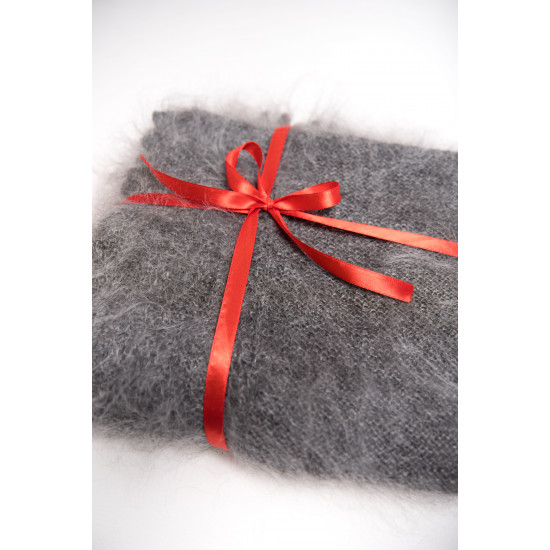
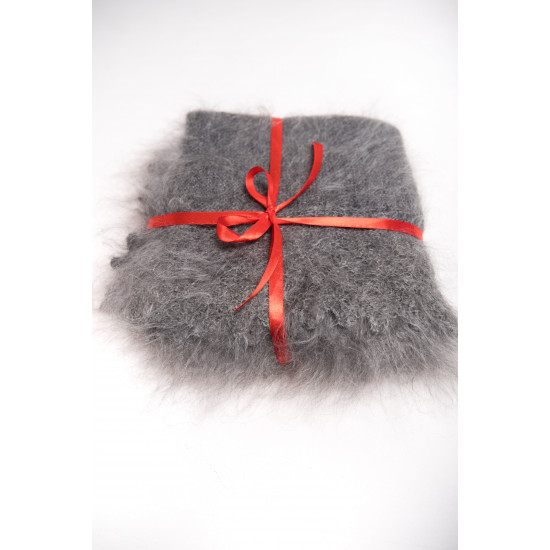

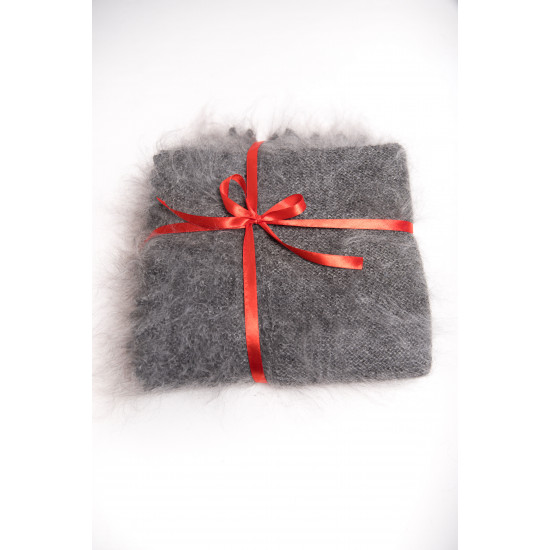
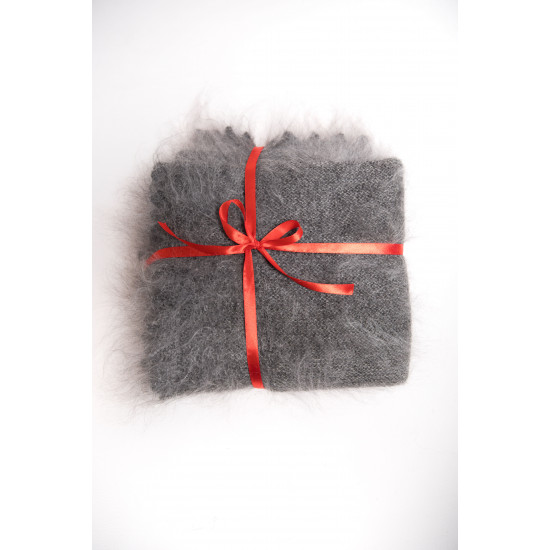
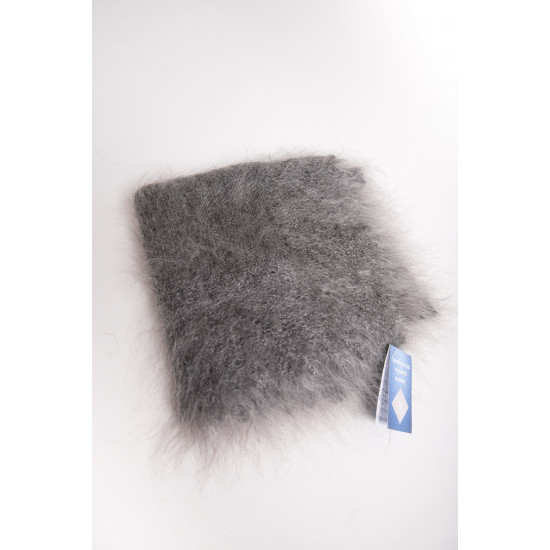
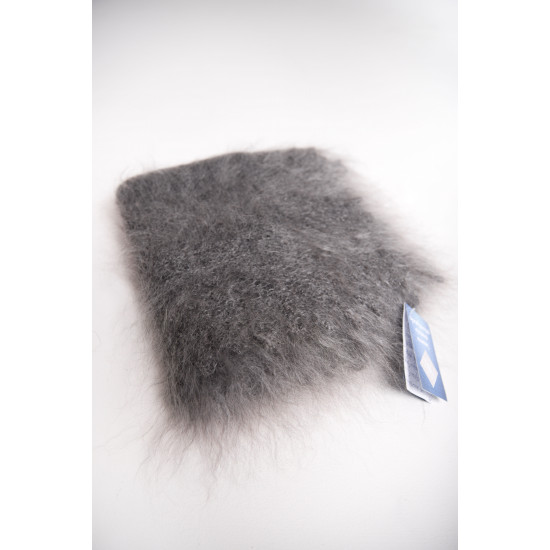
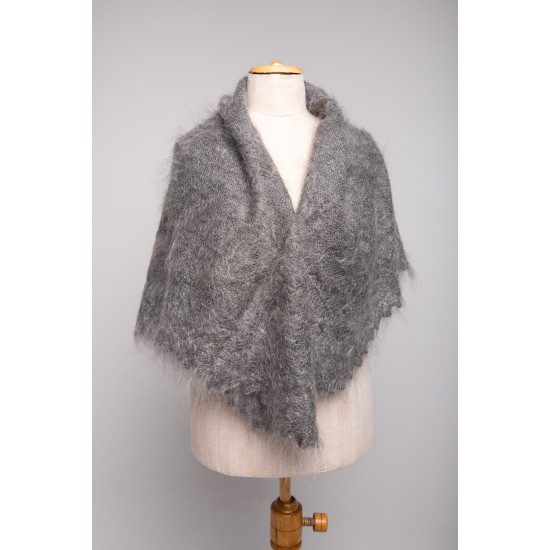
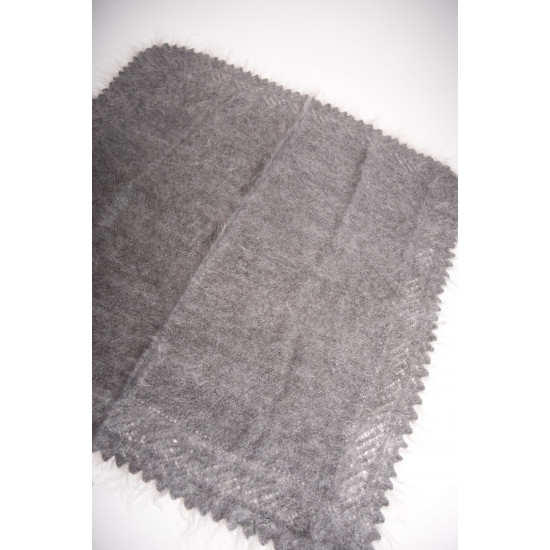
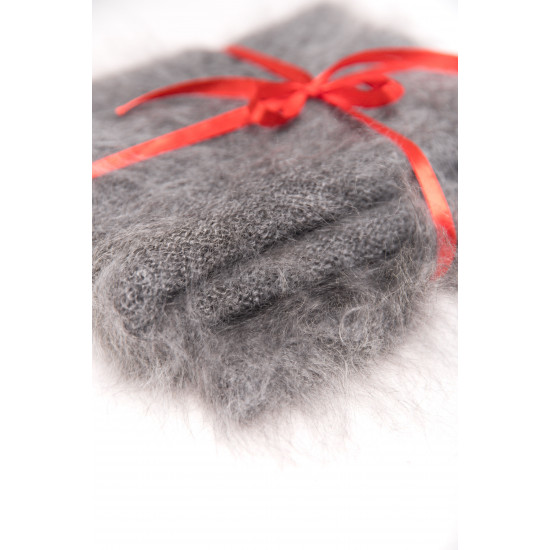
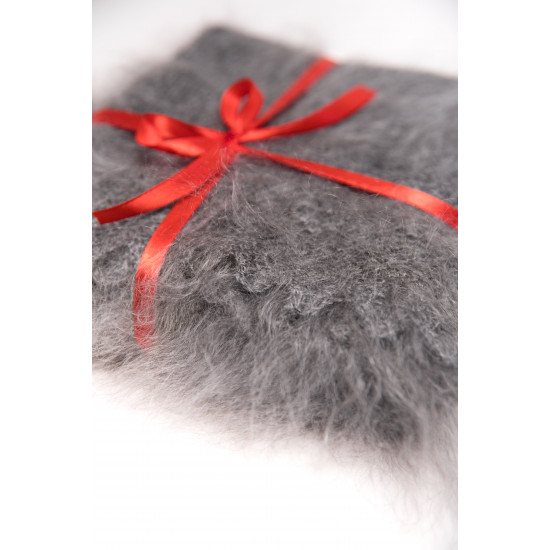
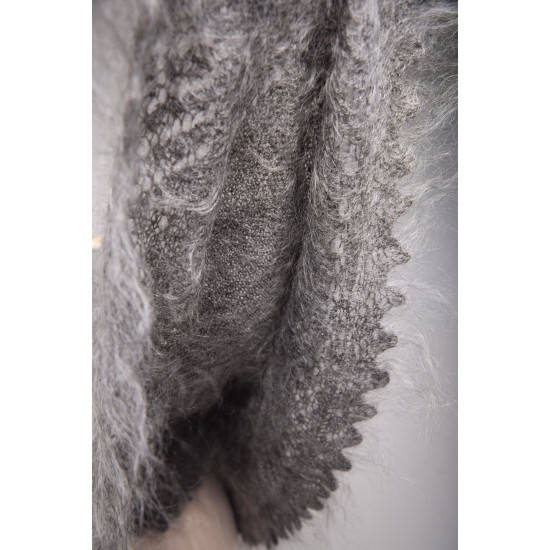
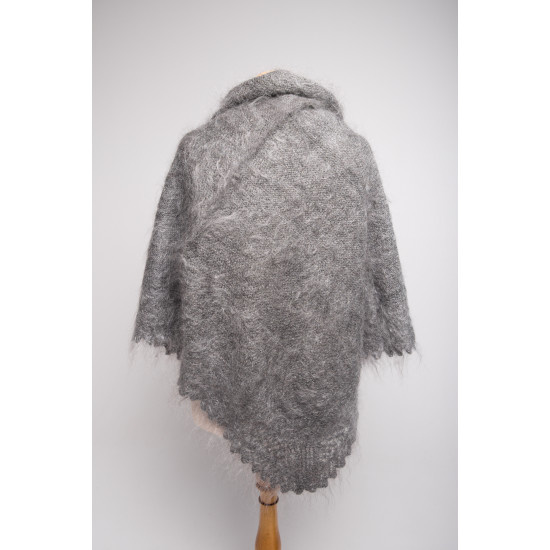
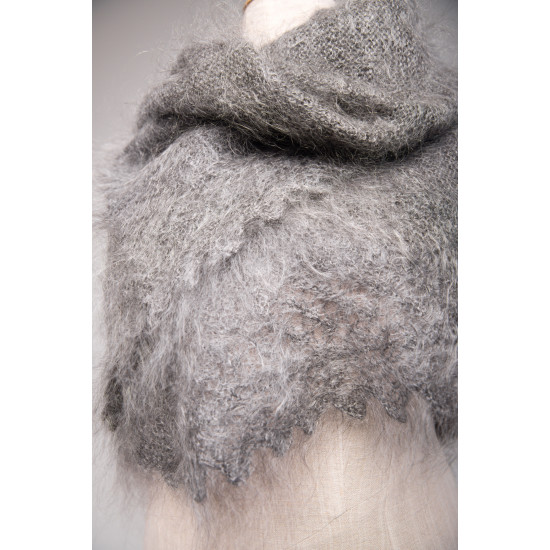
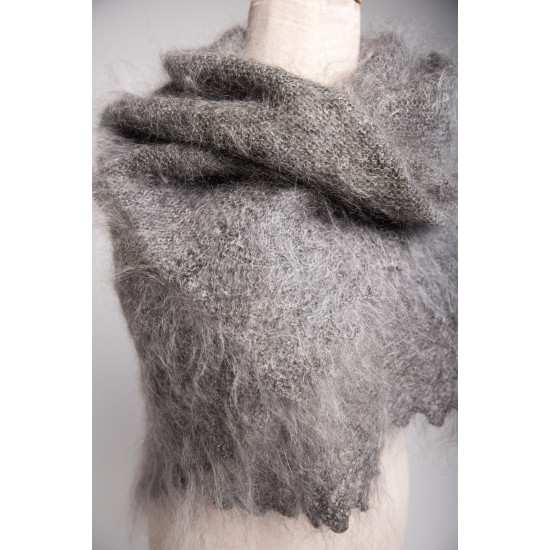
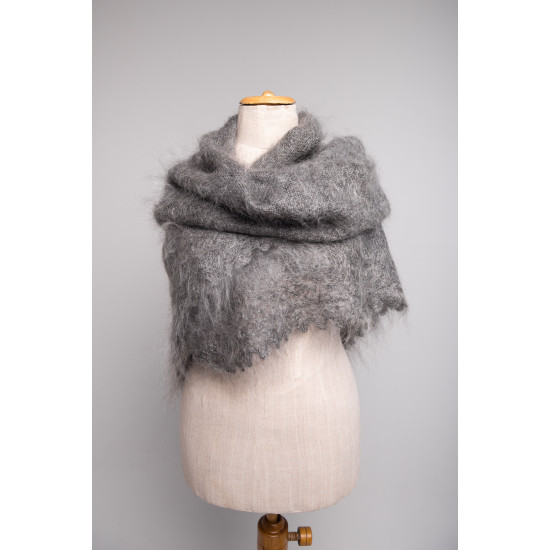
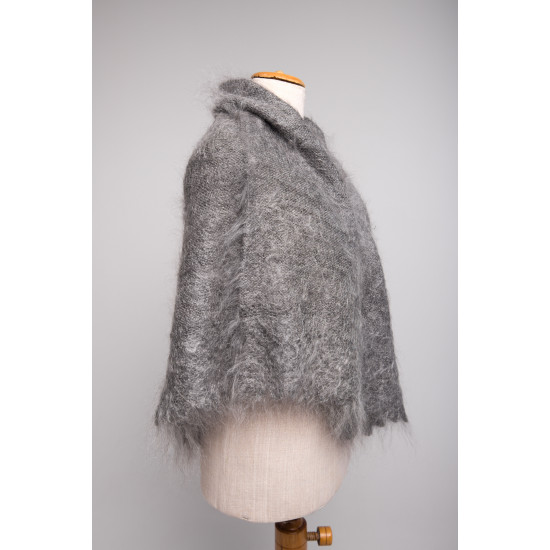
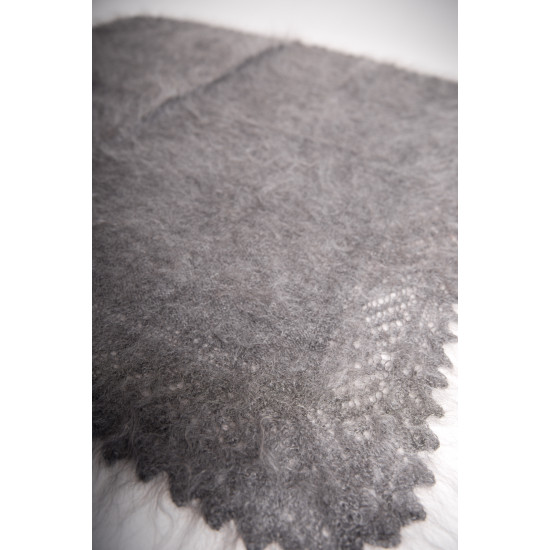
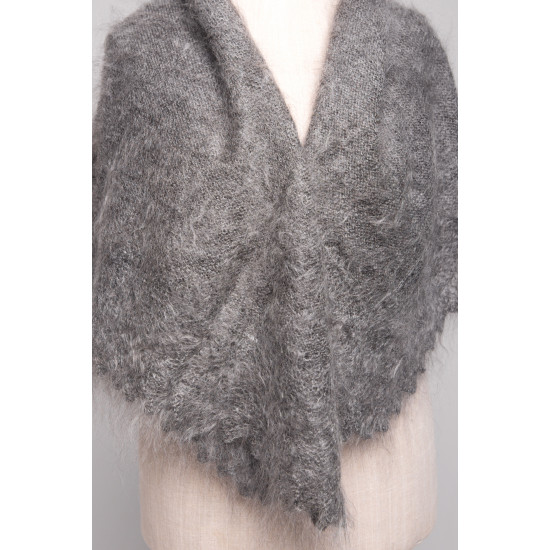
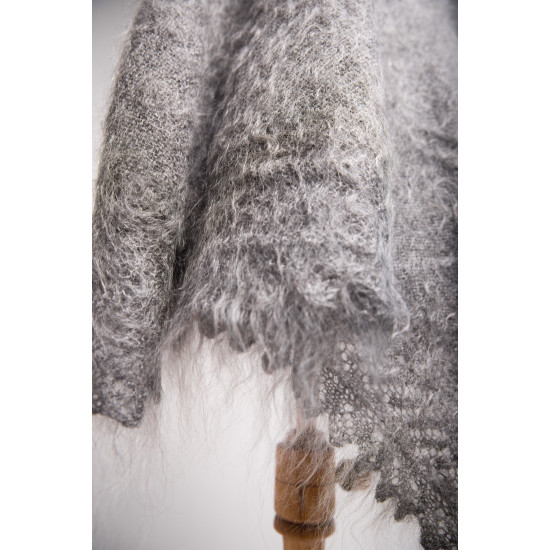
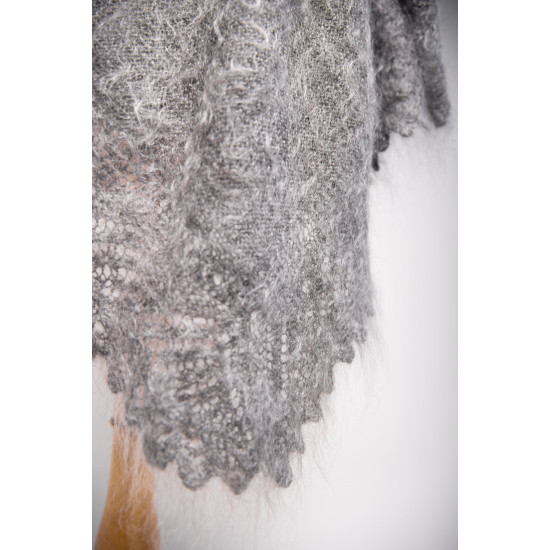





















Orenburg handmade dense shawl
Warm, soft, as soft as down!
Size: 120x120 cm
Color: gray
Composition: goat down 80% silk 20%
Synopsis:
Only in the Orenburg steppes, rich in grassy pastures, there is a special breed of goats, which between the wool grows a thin, thick and incredibly warm undercoat - down, protecting them from the harsh climate of the Southern Urals - strong snow storms, frosts, constant winds, from sharp temperature changes. At the beginning of the 19th century the owner of the Parisian factory for the manufacture of French shawls - Ternot Mr. Guillaume Louis Ternot bought 1300 Orenburg goats. Soon it turned out that when the animals were kept in new conditions, the properties of goat down changed. The French found that the down became unsuitable for production purposes. It did not correspond to the quality that was present when the goats lived on the Orenburg lands.
Translated with DeepL.com (free version)
Checklist on how to keep well your downy garments
Prior to washing bead dry warm and open-work garments on a white ply yarn at purls.
Wash in warn water at a temperature 50°-55° C and use delicate detergents.
For bleaching white garments use a bleacher for woolen garments.
Do not rub, wring, boil and iron your garments.
After washing rinse in warm water with added vinegar (1 table spoon for 5 liters of water) and press out in a dry cotton cloth without wringing.
Dry in an outspread shape at room temperature: shawls and open-work scarves thrust carefully on a frame with stainless pins.
The frame size should correspond to the garment size.
Dry-clean only grey garments.
Protect your garments from clothes moth.
In the beginning of wear downy garments can defiber short downy fibres.
- Stock: 1
- Model: 120_120_rokudarbs_vidējibiezs_gaišipelēks

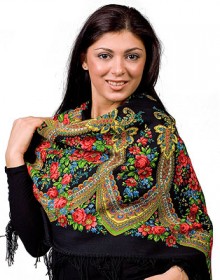










-75x100w.jpg)





